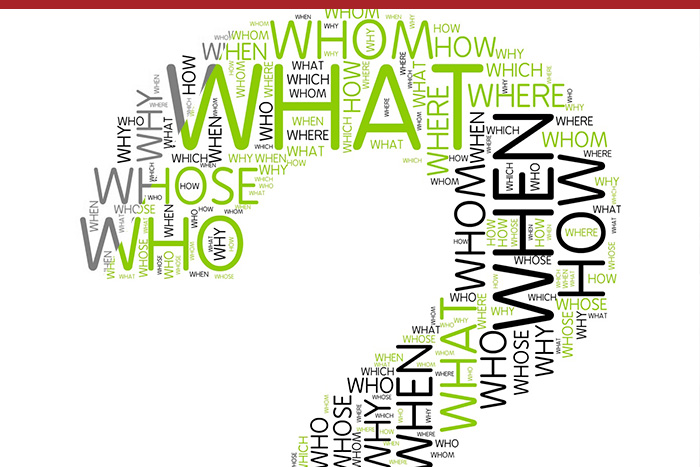We live in a world of beliefs that we self-generate based on conclusions made and inferred from what we observe and from past experiences.
Our ability to achieve results can be eroded by feelings that,
- our beliefs are the truth
- the truth is obvious
- our beliefs are based on true data
- the data we select are the real data
Peter Senge, in the Fifth Discipline, outlines a model for this dynamic called the Ladder of Inference. It describes how data and information are filtered through our values and beliefs in such a way that we arrive at specific assumptions, conclusions and actions. He, in turn, was building on the previous work of the late Chris Argyris and the late Donald Schon.
This model is often at the core of the self-fulfilling prophecy phenomenon wherein we perceive the world in a way that causes us to act in ways that bring about results that in turn support our pre-existing beliefs.
For example:
So how can you use the Ladder of Inference?
Well, you can,
- Become more aware of your own thinking and reasoning (Reflection)
- Make your thinking and reasoning more visible to others (Advocacy)
- Inquire into others thinking and reasoning (Inquiry)
- Use it as a facilitation tool to help a group find alternative pathways
So in the case of our example with Jane, we can
Ask for data
Jane, why haven’t you returned my calls or emails?
Test assumptions
Jane, are you upset with me?
Test observable data
You haven’t returned my calls or email Jane.
Jane replies, “Yes, I have been on vacation and I buried in work right now. What do you need?”
You can also use this ladder to help get at beliefs that underlie your own or another person’s actions. It follows a series of simple questions that are, if you like, stepping down the ladder.
In a nutshell, you can use a series of questions that allow people to gain deeper insight into the underlying beliefs and values that drive certain behaviors, positions, and actions, i.e. their mental models
Following the theme of you “Stepping Up” to initiate conflict resolution, build more trust and bring new resolutions forward, you would walk the other parties down your ladder first. This models vulnerability and openness.
You would then invite the other party or parties to be guided through the questions to ultimately identify the underlying values and beliefs for all parties.
Our colleague and friend Steve Zuieback has modified the original ladder of inference created by Chris Argyris and Donald Schon to get at the underlying beliefs that drive action in a more sophisticated manner. You can click here to view a more detailed video describing his version of the Ladder of Inference and his process.











